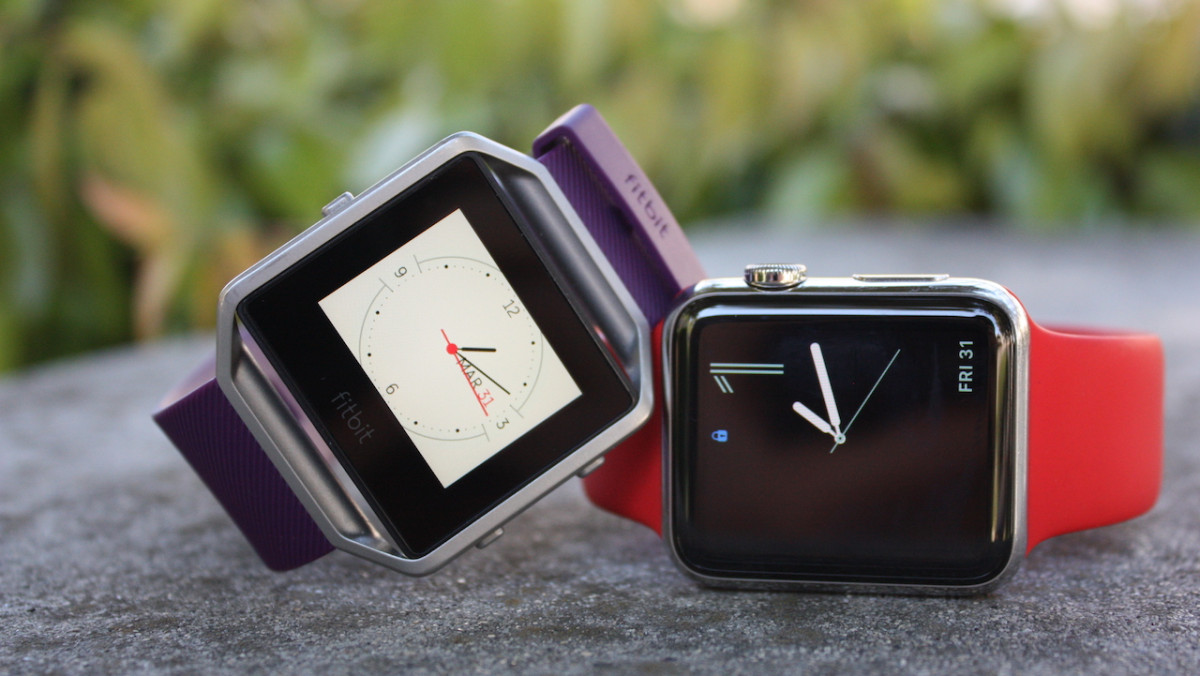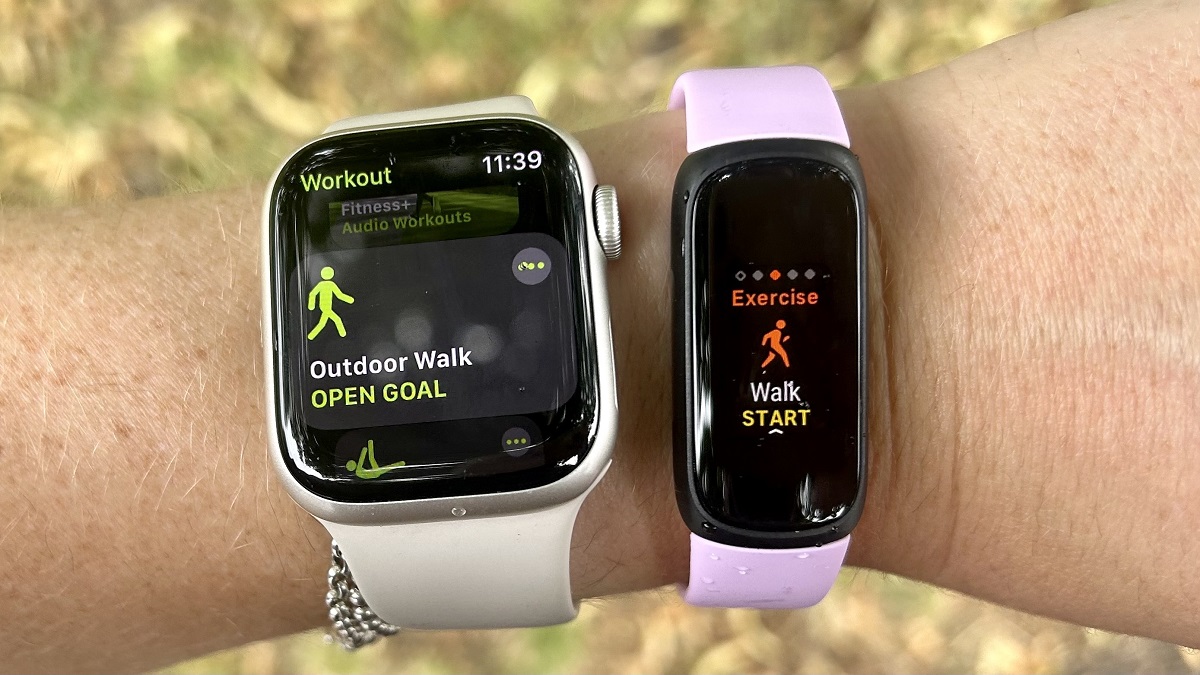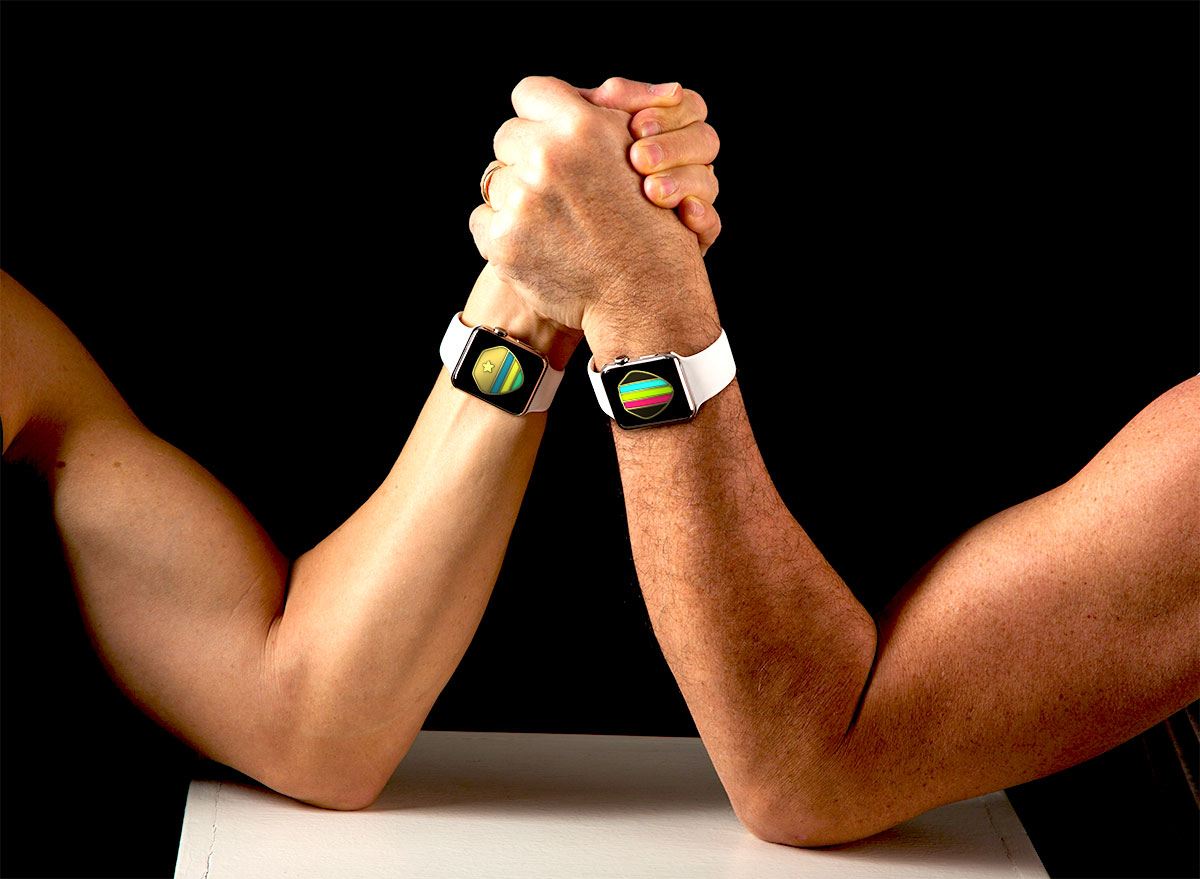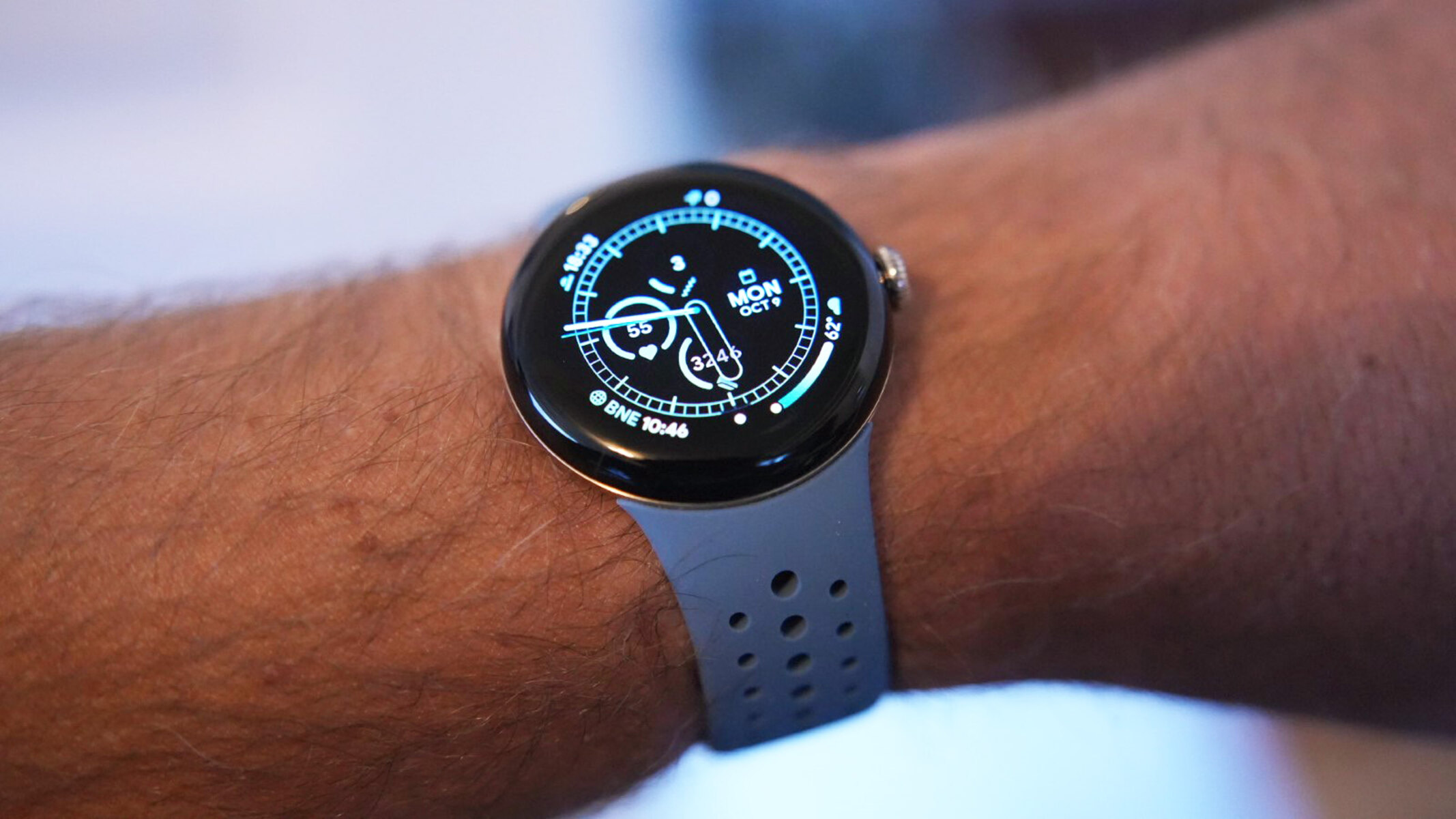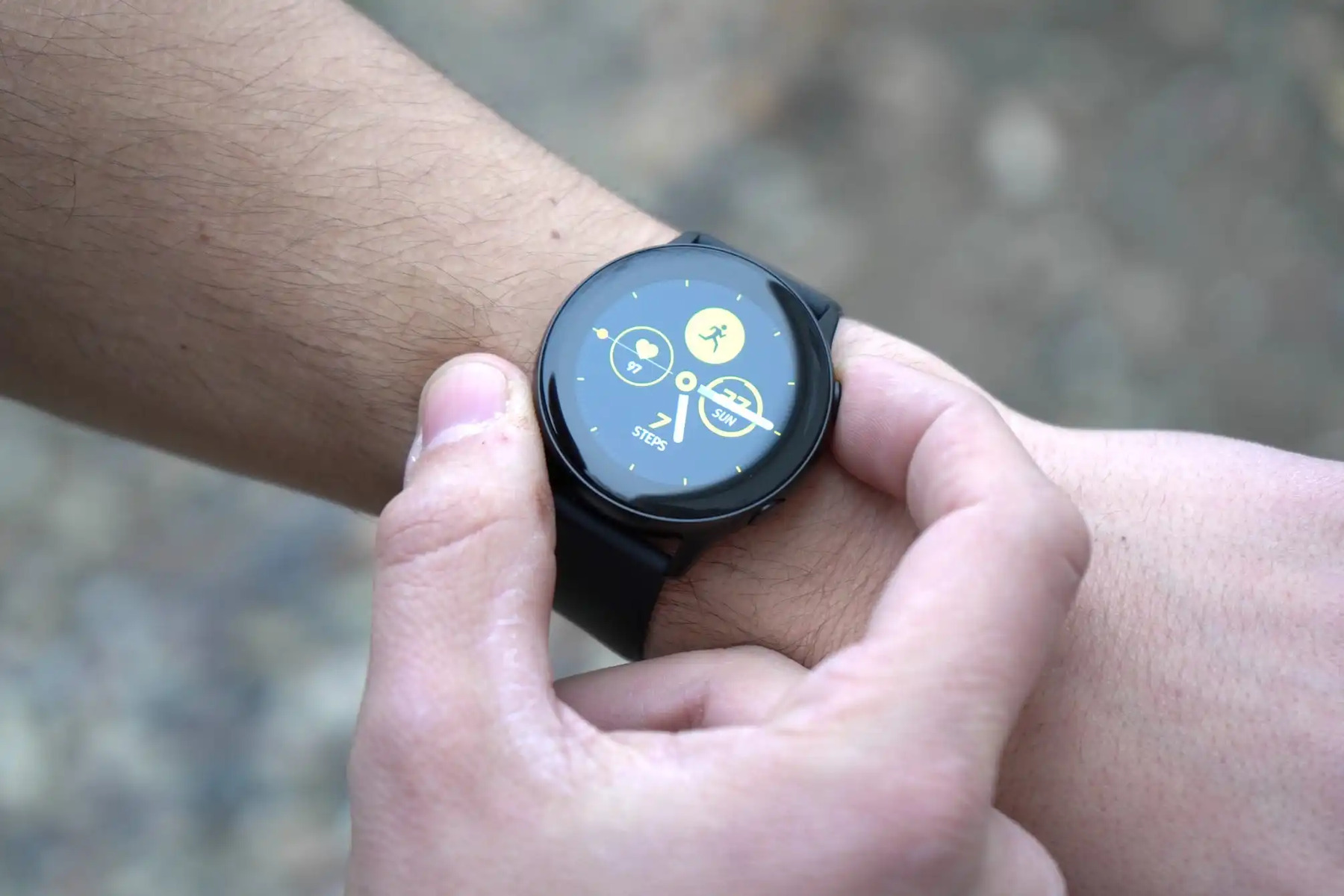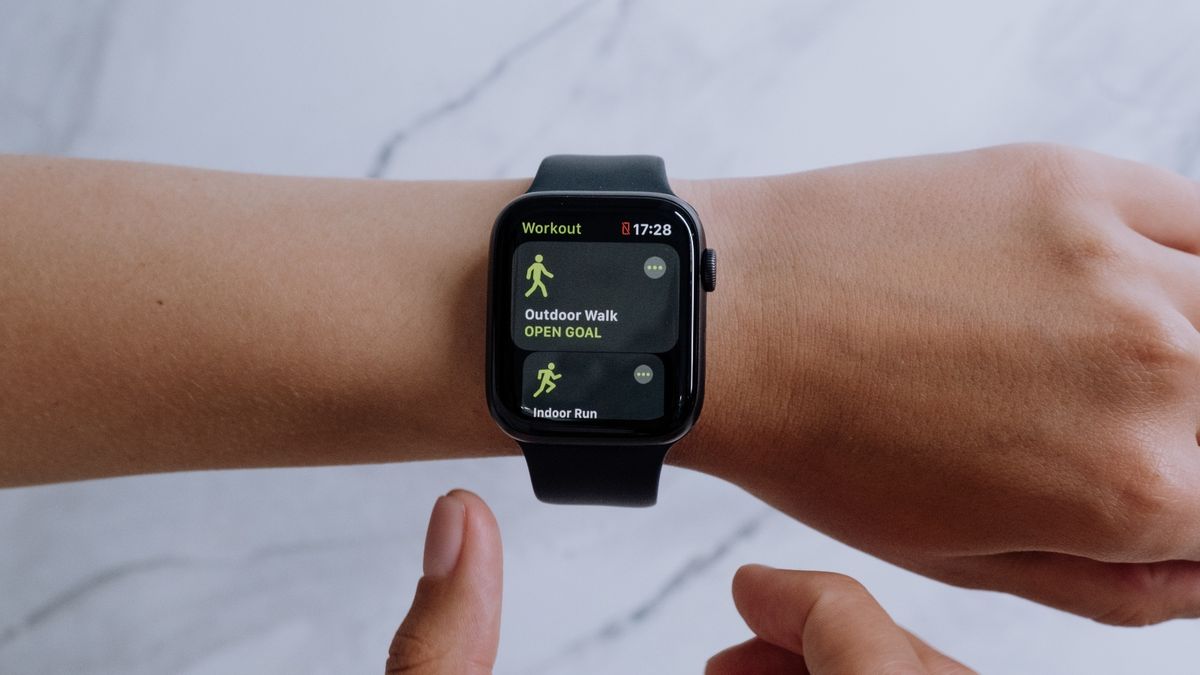Introduction
In the ever-evolving landscape of wearable technology, two prominent contenders have emerged as frontrunners in the market: Fitbit and Apple Watch. These wearable devices have revolutionized the way we approach fitness, health tracking, and daily productivity. As individuals increasingly prioritize health and wellness, the demand for advanced wearable technology has surged, prompting a closer examination of the features and capabilities offered by these two industry leaders.
Fitbit, a pioneer in the wearable fitness tracker sector, has garnered a loyal following due to its comprehensive fitness tracking features and user-friendly interface. On the other hand, Apple Watch, a product of tech giant Apple, has seamlessly integrated smartwatch capabilities with advanced health and fitness tracking functionalities, appealing to a broad spectrum of users.
As we delve into the comparison between Fitbit and Apple Watch, it becomes evident that these devices are not merely accessories but integral components of a modern lifestyle. They serve as personal assistants, fitness coaches, and health monitors, empowering users to make informed decisions and lead healthier, more active lives.
The Battle of the Wearables unfolds as we dissect the design and build quality, fitness and health tracking features, smartwatch capabilities, battery life, and price and value offered by Fitbit and Apple Watch. By examining these aspects, we aim to provide valuable insights that will aid consumers in making an informed choice based on their individual preferences and requirements. Let us embark on this journey to unravel the distinctive features and functionalities of these cutting-edge wearables, shedding light on their respective strengths and limitations.
Design and Build Quality
The design and build quality of a wearable device play a pivotal role in its overall appeal and functionality. Fitbit and Apple Watch exhibit distinct approaches to design, catering to diverse consumer preferences.
Fitbit's design ethos revolves around simplicity and functionality. Its fitness trackers are renowned for their lightweight, unobtrusive build, making them comfortable to wear throughout the day. The Fitbit Charge 4, for instance, features a sleek and minimalistic design, with a durable construction that withstands the rigors of daily use. The device's adjustable wristbands ensure a secure and comfortable fit, catering to users with varying wrist sizes. Fitbit's attention to detail is evident in its range of interchangeable bands, allowing users to customize the device to suit their personal style.
In contrast, the Apple Watch boasts a more sophisticated and versatile design, seamlessly blending style with advanced technology. With a focus on premium materials and meticulous craftsmanship, the Apple Watch exudes a sense of luxury. The use of high-quality materials such as stainless steel, aluminum, and ceramic imparts a premium feel to the device, appealing to fashion-conscious individuals. The Apple Watch's customizable watch faces and interchangeable bands further enhance its aesthetic appeal, enabling users to express their individuality through personalized design choices.
Both Fitbit and Apple Watch prioritize durability, ensuring that their devices can withstand the demands of an active lifestyle. Fitbit's emphasis on robustness is evident in its sweat and swim-proof designs, allowing users to wear their devices during intense workouts and water-based activities without concern. Similarly, Apple Watch offers water resistance and a range of protective cases and bands, catering to users with diverse fitness and lifestyle preferences.
In summary, while Fitbit excels in delivering practical, lightweight designs tailored specifically for fitness tracking, Apple Watch sets itself apart with its premium materials and customizable design elements, appealing to users seeking a blend of style and functionality in a single wearable device. Ultimately, the design and build quality of Fitbit and Apple Watch reflect their distinct approaches to meeting the diverse needs and preferences of consumers in the wearable technology market.
Fitness and Health Tracking Features
The core functionality of wearable devices revolves around their ability to monitor and track fitness and health metrics, empowering users to gain valuable insights into their physical well-being. Fitbit and Apple Watch have established themselves as frontrunners in this domain, offering a comprehensive suite of fitness and health tracking features that cater to a broad spectrum of users.
Fitbit's commitment to fitness tracking is exemplified through its array of sensors and advanced algorithms, enabling users to monitor key metrics such as heart rate, sleep patterns, and physical activity levels. The Fitbit Charge 4, for instance, incorporates a built-in GPS, allowing users to accurately track their outdoor activities such as running, cycling, and hiking without the need for a paired smartphone. Furthermore, Fitbit's proprietary PurePulse heart rate monitoring technology provides real-time insights into heart rate zones during workouts, facilitating optimized training and recovery.
In addition to activity tracking, Fitbit devices are equipped with sleep tracking capabilities, enabling users to gain a deeper understanding of their sleep quality and patterns. By analyzing data such as sleep duration, restlessness, and REM sleep stages, Fitbit empowers users to make informed adjustments to their sleep routines, ultimately enhancing overall well-being.
On the other hand, Apple Watch integrates a multitude of fitness and health tracking features into a sophisticated smartwatch platform. The device's advanced sensors and algorithms enable comprehensive activity tracking, including personalized coaching and progress monitoring. Apple Watch's Workout app offers a diverse range of workout modes, catering to various exercise routines and intensity levels. Furthermore, the device's ECG app and irregular heart rhythm notifications provide users with valuable insights into their cardiovascular health, potentially alerting them to underlying heart conditions.
Apple Watch also prioritizes holistic wellness through its mindfulness and breathing exercises, fostering mental well-being alongside physical fitness. The device's integration with the Apple Health app allows users to consolidate and analyze health data from various sources, offering a comprehensive overview of their overall health and fitness journey.
In summary, both Fitbit and Apple Watch excel in delivering advanced fitness and health tracking features, empowering users to proactively manage their well-being. While Fitbit focuses on precision activity tracking and in-depth sleep analysis, Apple Watch offers a holistic approach to health and fitness, integrating advanced sensors and a diverse array of wellness features into a sophisticated smartwatch platform. These distinctive strengths cater to diverse user preferences, ensuring that both Fitbit and Apple Watch remain at the forefront of wearable technology innovation.
Smartwatch Capabilities
In the realm of wearable technology, the convergence of fitness tracking and smartwatch capabilities has become a defining feature of modern wearables. Fitbit and Apple Watch, as leading contenders in this domain, have elevated the concept of smartwatch functionality to complement their robust fitness and health tracking features.
Fitbit's foray into smartwatch capabilities is embodied by the Fitbit Versa 3, a versatile device that seamlessly integrates fitness tracking with essential smartwatch features. The device offers convenient access to notifications, allowing users to stay connected without constantly reaching for their smartphones. By displaying call, text, and app alerts directly on the wrist, the Fitbit Versa 3 enhances user convenience and accessibility, ensuring that important information is readily available during workouts or daily activities.
Furthermore, Fitbit's smartwatch platform includes contactless payment functionality through Fitbit Pay, enabling users to make secure transactions on the go. This feature streamlines the payment process, eliminating the need to carry physical wallets or smartphones during exercise sessions or outings. The integration of popular apps such as Spotify and Pandora enhances the entertainment aspect, allowing users to control music playback directly from their wrist, creating a seamless audio experience during workouts or leisure time.
On the other hand, Apple Watch stands as a paragon of smartwatch innovation, seamlessly blending advanced technology with a myriad of smart capabilities. The device's integration with the Apple ecosystem facilitates seamless synchronization with other Apple devices, offering a unified experience across platforms. With the ability to make and receive calls, respond to messages, and access a wide range of apps directly from the wrist, Apple Watch serves as a powerful extension of the iPhone, enhancing user connectivity and productivity.
Apple Watch's app ecosystem further amplifies its smartwatch capabilities, providing access to a diverse array of third-party apps that cater to various interests and lifestyle needs. From productivity tools to health and wellness apps, users can personalize their Apple Watch experience, transforming it into a versatile companion that aligns with their unique preferences and requirements.
In essence, both Fitbit and Apple Watch have elevated the concept of smartwatch capabilities, integrating essential features that streamline daily tasks and enhance user connectivity. While Fitbit Versa 3 excels in offering seamless notifications and convenient payment options, Apple Watch sets itself apart with its deep integration with the Apple ecosystem and expansive app ecosystem, positioning itself as a multifaceted smartwatch that transcends traditional boundaries.
This comparison underscores the evolution of wearables from mere fitness trackers to holistic lifestyle companions, where smartwatch capabilities play a pivotal role in enriching the user experience and fostering seamless integration into daily routines.
Battery Life
The battery life of a wearable device is a crucial consideration for users, as it directly impacts the device's usability and convenience. Fitbit and Apple Watch have distinct approaches to battery optimization, reflecting their respective priorities and design philosophies.
Fitbit devices are renowned for their impressive battery longevity, catering to users who prioritize uninterrupted usage throughout the day and during extended activities. The Fitbit Charge 4, for instance, boasts an exceptional battery life of up to 7 days on a single charge, ensuring that users can rely on continuous tracking without frequent interruptions for recharging. This extended battery life aligns with Fitbit's commitment to providing users with seamless and consistent fitness and health tracking, empowering them to stay focused on their activities without the burden of frequent charging.
In contrast, Apple Watch adopts a more integrated approach to battery optimization, balancing advanced functionalities with efficient power management. The latest models of Apple Watch, such as the Series 6 and SE, offer a full day of battery life under typical usage conditions. While the shorter battery life may necessitate daily charging for some users, Apple Watch compensates for this through its rapid charging capabilities, allowing users to quickly recharge the device during short breaks or downtime. Additionally, the device's power-saving modes and customizable settings enable users to extend battery life during periods of low activity or when specific features are not in use.
It is important to note that the battery life of wearable devices can vary based on individual usage patterns, such as the frequency of GPS tracking, app usage, and screen brightness adjustments. Fitbit's focus on prolonged battery life aligns with the needs of users seeking extended tracking capabilities, especially during outdoor activities and travel, where access to charging points may be limited. On the other hand, Apple Watch's integration with the Apple ecosystem and emphasis on advanced features necessitates a balance between functionality and battery efficiency, catering to users who prioritize a seamless and interconnected user experience.
In summary, while Fitbit excels in delivering extended battery life, ensuring uninterrupted tracking and convenience, Apple Watch adopts a balanced approach that prioritizes advanced features alongside efficient power management. Both approaches cater to diverse user preferences, reflecting the evolving landscape of wearable technology and the varying needs of users in different usage scenarios.
Price and Value
When evaluating the price and value of wearable devices, it is essential to consider not only the initial investment but also the long-term benefits and overall user experience. Fitbit and Apple Watch, as leading contenders in the wearable technology market, offer distinct pricing structures and value propositions that cater to diverse consumer needs and preferences.
Fitbit has established a reputation for delivering affordable yet feature-rich wearable devices, making advanced fitness and health tracking accessible to a broad spectrum of users. The Fitbit Charge 4, for example, presents a compelling value proposition with its competitive pricing, offering a comprehensive suite of fitness tracking features, including built-in GPS, heart rate monitoring, sleep tracking, and personalized insights. This affordability aligns with Fitbit's commitment to democratizing health and wellness, empowering users to embark on their fitness journeys without a prohibitive financial barrier.
In contrast, Apple Watch positions itself as a premium wearable device, reflecting its integration with the Apple ecosystem and its advanced smartwatch capabilities. The pricing of Apple Watch reflects the device's seamless synchronization with other Apple products, including iPhones, MacBooks, and iPads, offering a unified user experience across devices. The Apple Watch's value proposition is underscored by its multifaceted functionalities, which extend beyond fitness tracking to encompass smartwatch capabilities, health monitoring, productivity tools, and seamless connectivity with a range of third-party apps.
While Fitbit prioritizes affordability and accessibility, Apple Watch justifies its higher price point through its comprehensive ecosystem integration, advanced features, and premium build quality. The value derived from an Apple Watch transcends its individual functionalities, encompassing the seamless interplay between the device and the broader Apple ecosystem, fostering a cohesive and streamlined user experience.
Ultimately, the price and value of wearable devices are intrinsically linked to the user's individual needs, preferences, and intended usage scenarios. Fitbit's focus on affordability and essential fitness tracking caters to users seeking accessible health and wellness solutions, while Apple Watch's premium pricing aligns with its comprehensive smartwatch capabilities and seamless integration with the Apple ecosystem, appealing to individuals who prioritize a cohesive and interconnected digital lifestyle.
In essence, the price and value of Fitbit and Apple Watch are reflective of their respective market positions and the unique value propositions they offer to consumers. Whether seeking an affordable fitness companion or a multifunctional smartwatch deeply integrated into the Apple ecosystem, users can make informed decisions based on their individual priorities and the long-term value they seek from their wearable devices.
Conclusion
In the dynamic landscape of wearable technology, the comparison between Fitbit and Apple Watch reveals a compelling juxtaposition of design philosophies, feature sets, and value propositions. Both contenders have carved distinct niches within the market, catering to diverse user preferences and requirements.
Fitbit, with its emphasis on practicality, affordability, and robust fitness tracking, has solidified its position as a go-to choice for individuals seeking accessible health and wellness solutions. The brand's commitment to extended battery life, comprehensive fitness tracking features, and user-friendly interfaces resonates with users who prioritize seamless integration into their active lifestyles. Fitbit's devices, such as the Fitbit Charge 4 and Versa 3, embody the brand's dedication to empowering users with actionable insights and personalized guidance, fostering a sense of ownership over their well-being.
On the other hand, Apple Watch stands as a paragon of seamless connectivity, multifaceted smartwatch capabilities, and holistic integration within the Apple ecosystem. The device's premium build quality, expansive app ecosystem, and advanced health monitoring features position it as a versatile lifestyle companion that transcends traditional boundaries. Apple Watch's value proposition extends beyond individual features, encompassing a harmonious interplay with other Apple products, offering users a unified digital experience that seamlessly integrates fitness, productivity, and connectivity.
As consumers navigate the choice between Fitbit and Apple Watch, it ultimately boils down to their individual priorities and intended usage scenarios. Fitbit excels in delivering practical, feature-rich fitness trackers that prioritize extended battery life, affordability, and precise health tracking. Meanwhile, Apple Watch caters to users seeking a multifunctional smartwatch deeply ingrained within the Apple ecosystem, offering a seamless blend of advanced technology, premium materials, and comprehensive connectivity.
In conclusion, the Battle of the Wearables between Fitbit and Apple Watch unveils a diverse tapestry of options for users seeking to embrace wearable technology. Whether prioritizing fitness and health tracking with a practical and budget-friendly approach or seeking a multifaceted smartwatch deeply integrated into a broader digital ecosystem, consumers can make informed decisions based on their unique preferences, lifestyle, and long-term value expectations. Both Fitbit and Apple Watch have redefined the concept of wearable technology, empowering users to embark on their health and wellness journeys with tailored solutions that cater to their individual needs.







